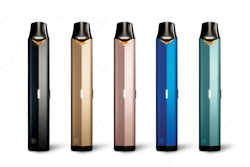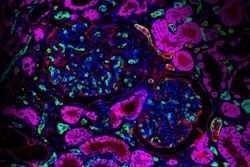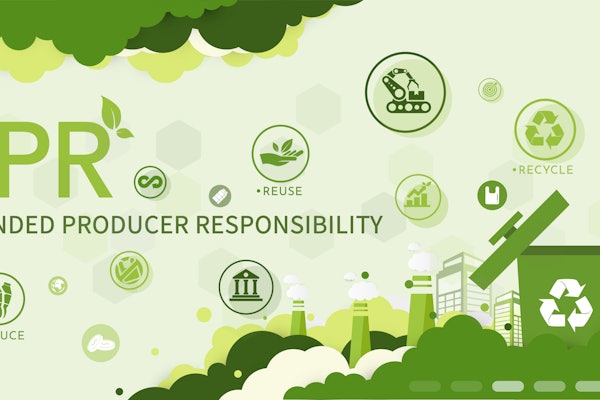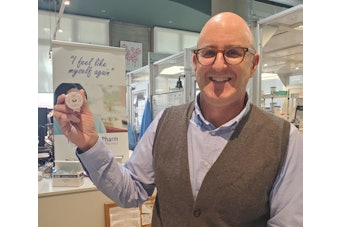
UV Light
According to a recent TECHWAI article, ultraviolet germicidal lights, vital in battling diseases like COVID-19, can inadvertently produce indoor air pollutants. While newer UV lights that emit at 222 nanometers are considered safe, MIT's research reveals that they can set off chemical reactions leading to harmful compounds indoors. UV light, when interacting with oxygen in the air, creates ozone, which can be a health hazard. It also triggers oxidation reactions, producing potent oxidizers known as OH radicals.





















